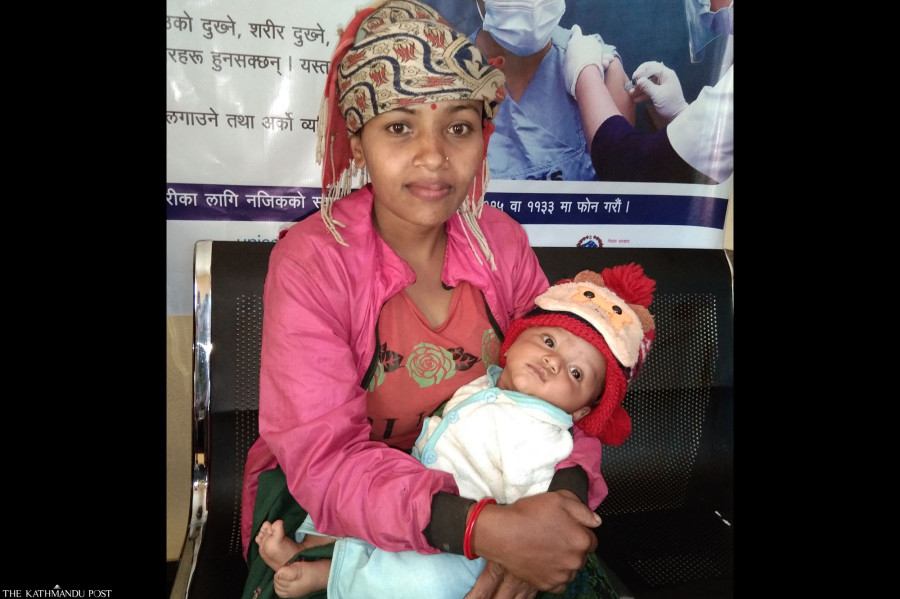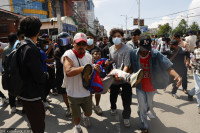Editorial
Towards safer births
Superstitions and discriminatory customs continue to deny women their basic rights.
Four months ago, the District Health Office in Baglung established a community health unit and a birthing centre at Dhiri in Ward No 4 of Dhorpatan Municipality. There are some 100 households in this remote settlement, and most of them are Dalits. A dirt road was also opened last year, but villagers need to hike for hours to reach the nearest ward office or motorable road. So it was good news that Dhiri, which has a high maternal mortality rate, finally has access to basic health services, including a birthing centre. But superstitions, lack of awareness, structural barriers and discriminatory customs continue to deny women their basic rights, and even kill them and their newborns.
The stories of women in Dhiri who’ve survived physical and mental horrors are shocking. When women need special care while expecting or after giving birth, they are kicked out of their homes, considered "impure" and banished to animal sheds in the forest. Women who have survived to share their stories say they were deprived of nutritious food and maternity care, and had to endure freezing temperatures. Many women and their children have reportedly been killed in these animal sheds away from human settlements.
Last week, the United Nations Human Rights Council, which Nepal is a member of, adopted a resolution on maternal mortality and morbidity and human rights, urging all states to eliminate preventable maternal mortality and morbidity, and respect, protect and fulfil sexual and reproductive health and reproductive rights. The resolution urges states to ensure the availability, accessibility, acceptability and quality of healthcare services, including mental health and psychosocial services and sexual and reproductive healthcare services, free of coercion, discrimination and violence. The council also calls states to ensure sexual and reproductive healthcare services amid the Covid-19 pandemic. It stresses response against gender discrimination and socioeconomic factors making women more vulnerable to maternal morbidities.
As a member nation of the council, Nepal has more responsibilities to shoulder, both at home and globally. The country has been on track to prevent maternal deaths by setting up birthing centres and mobilising an army of Female Community Health Volunteers across the country. The government also offers encouragement and transportation allowances as part of its strategy to save lives and ensure safer births. Last year, the government also issued the Safe Motherhood and Reproductive Health Rights Regulation 2020, which requires each basic health service centre to provide maternity and emergency maternity services and neonatal services free of cost from the stage of pregnancy to motherhood. The provisions also require that provincial governments also allocate budgets to offer these life-saving services. Despite these regulatory and administrative frameworks, women still deliver their babies at home or in sheds, like in the remote Dhiri village of Baglung.
To save lives and ensure safer births, the government should launch targeted efforts to fight traditions and beliefs that continue to threaten mothers and their newborns while expanding access to basic health services, especially in far-flung regions. From 529 deaths per 100,000 live births in 1996 to 239 in 2016, we’ve done a remarkable job to reduce the maternal mortality rate. But we have to do more to reach our goal of reducing the maternal mortality rate to less than 70 for every 100,000 births by 2030 to meet the Sustainable Development Goals.




 7.12°C Kathmandu
7.12°C Kathmandu














